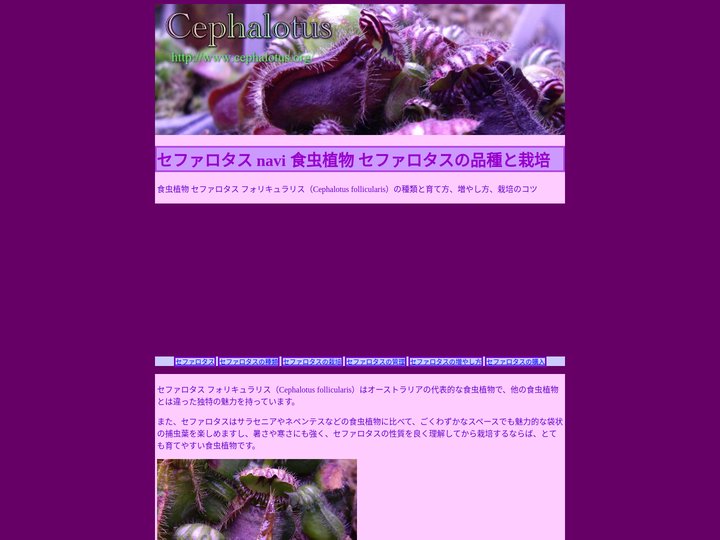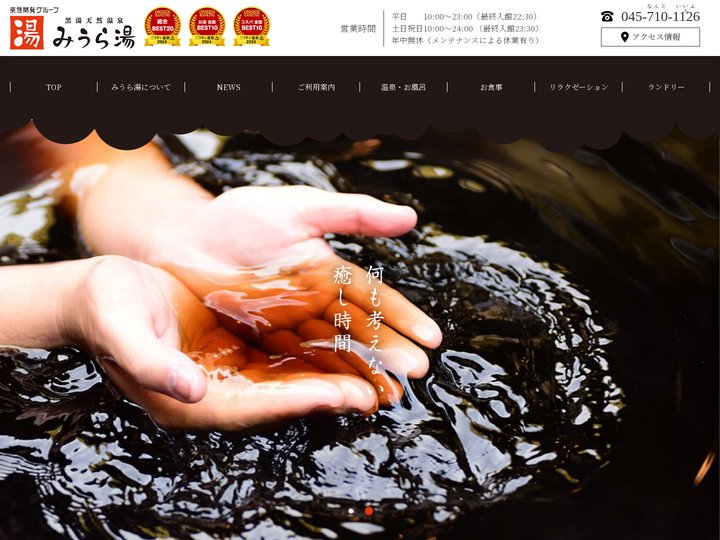”`markdown
Sefalotasus Navi: A Guide to Edible Insect Plants
Sefalotasus navi, also known as Cephalotus follicularis, is a unique and fascinating species of insect-eating plants. These plants have evolved to capture their prey using a specialized type of leaf - the funnel-shaped “cup” or “funnel.” They can grow and thrive across various climates, making them popular choices for gardeners.
Types and Cultivation:
Sefalotasus navi has several varieties, including the most famous, Sefalotasus fragilis. These plants are easy to cultivate and require well-draining soil, regular watering, and exposure to sunlight. They do best in hot climates but can also survive in cooler environments.
Management and Harvesting:
To maintain these plants, it’s important to avoid overwatering and provide them with consistent fertilization. When harvesting, use sharp scissors to cut off the stem just above the cup at an angle, allowing the leaves to drop out naturally.
Advantages and Popularity:
Sefalotasus navi not only looks aesthetically pleasing but also offers an alternative source of protein, making them a valuable addition to any kitchen. Their unique flavor and texture make them a delightful addition to salads, soups, or even desserts.
In conclusion, Sefalotasus navi offers a unique and delicious way to enjoy insect-based cuisine while providing an ecologically friendly solution to food scarcity issues. Whether you’re a beginner or a seasoned plant enthusiast, this edible insect plant will surely captivate your interest.




















